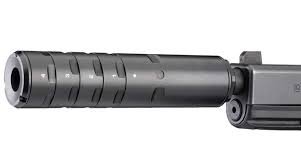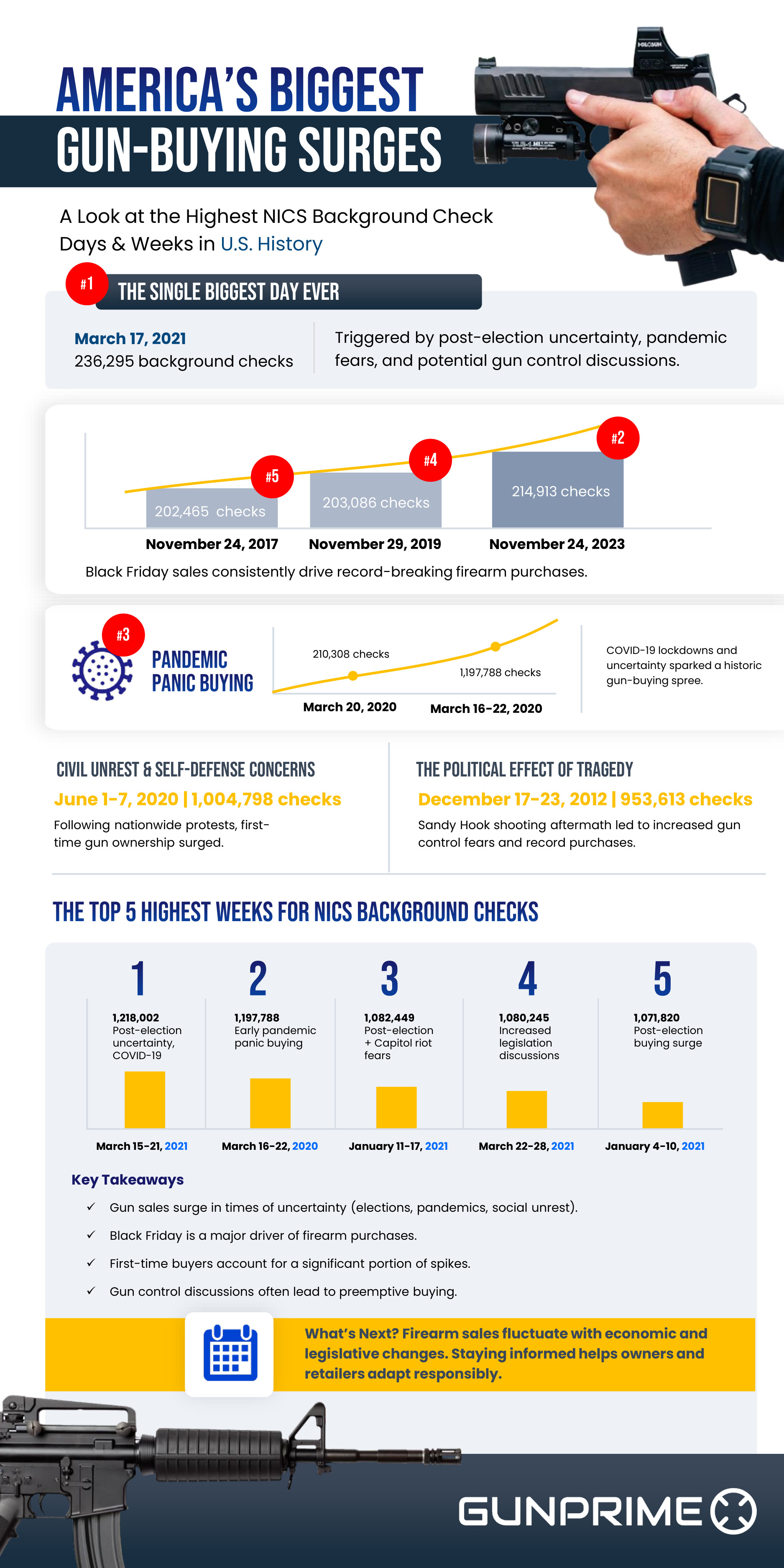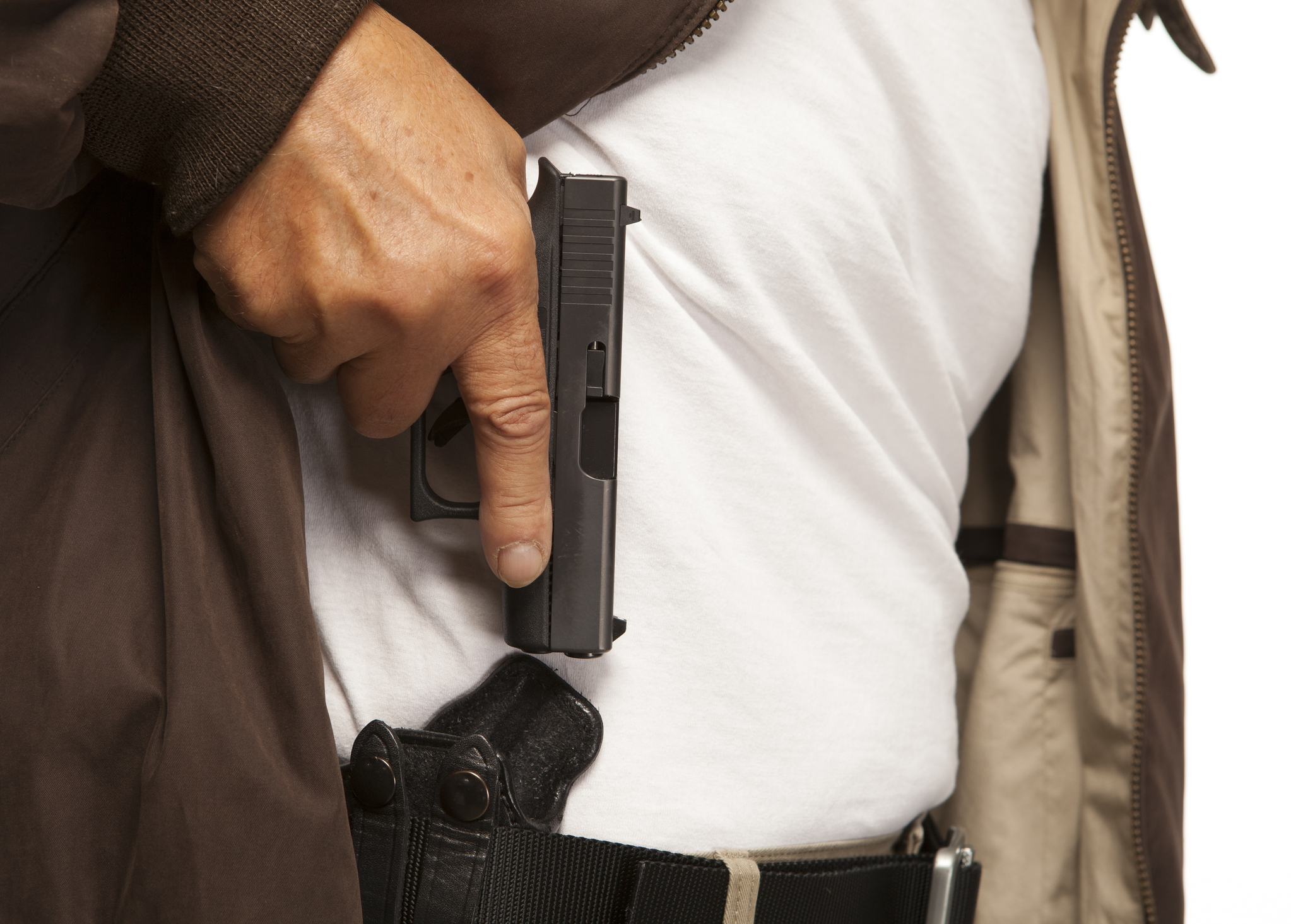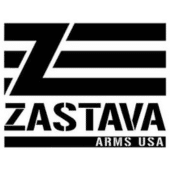Double Action vs Single Action: Understanding the Differences
Quick Answer: Double action firearms perform two functions with one trigger pull - both cocking and releasing the hammer or striker. Single-action firearms perform only one function - releasing an already-cocked hammer or striker. This fundamental difference affects everything from trigger weight and shooting accuracy to safety considerations.
Each action type has distinct advantages for different shooting scenarios, training approaches, and personal preferences. Let's explore the key differences to help you choose the right handgun for your needs.
Understanding Single-Action Firearms
Single-action firearms represent the oldest and simplest form of trigger mechanism in handguns. With a single-action pistol or revolver, the trigger performs just one task: releasing the hammer to fire the gun.
How Single Action Works
In a single-action firearm, the hammer must be manually cocked before the first shot:
- Single action revolvers require physically pulling back the hammer with your thumb before each shot
- With single action pistols like the 1911, racking the slide cocks the hammer for the first shot
- The slide cycling automatically cocks the hammer for subsequent shots
- Single action mode provides a light trigger pull since the trigger isn't doing the work of cocking the hammer
Types of Single-Action Firearms
Single Action Revolvers: The classic single action revolver, like the Colt Single Action Army, requires manual cocking before each shot. The exposed hammer with its prominent spur makes it easy to cock but increases the gun's profile, which can be a consideration for concealed carry.
Single Action Pistols: The 1911 platform represents the quintessential single action pistol. After loading and chambering the first round (which cocks the hammer), each subsequent shot maintains the single action status because the cycling slide automatically re-cocks the hammer. Most single-action handguns feature a manual safety to prevent accidental discharge.
Key Characteristics
Single-action firearms typically offer:
- A light trigger pull (often 3-5 pounds)
- Shorter trigger travel
- A clean, crisp break
- Consistent feel for every shot
- Often requires manual safety
- Excellent accuracy potential
Because the trigger is lighter and shorter, single action pistols often incorporate manual safeties. Single action revolvers are typically carried with the hammer down on an empty chamber as a safety measure to prevent accidental discharge.
Understanding Double Action Firearms
Double-action firearms offer a more versatile approach to handgun operation. With a double action mechanism, the trigger performs two distinct functions: it both cocks and releases the hammer.
How Double Action Works
When you pull the trigger on a double action revolver or double action pistol, the first part of the trigger pull rotates and cocks the hammer backward. As you continue pressing, it eventually releases the hammer, striking the firing pin. This dual functionality is where the term "double action" comes from.
Because the trigger performs more mechanical work, double action triggers typically have:
- A heavier trigger pull (8-12 pounds)
- Longer travel distance
- Less crisp break point
- More perceived "stacking" through the pull
Types of Double-Action Firearms
Double Action Only (DAO): DA revolvers and pistols operating exclusively in double action mode often have bobbed hammers or completely internal hammer mechanisms. These double-action firearms provide the same trigger pull for every shot – long and relatively heavy. Double action revolvers with enclosed hammers are popular for concealed carry since they won't snag on clothing.
Double Action/Single Action (DA/SA): Many modern pistols and double action revolvers combine both actions. With DA/SA pistols like the Beretta 92, the first shot is fired double action, but the cycling of the slide cocks the hammer, making all subsequent shots single action. These firearms typically feature a decocking lever that safely lowers the hammer.
In DA/SA revolvers, the shooter can choose to fire in double action by simply pulling the trigger, or manually cock the hammer first for a lighter single action trigger pull.
Striker-Fired Pistols: Striker-fired pistols operate with partially pre-cocked systems. While not true double action, their consistent trigger pull feels somewhat like a lighter double-action pull but lacks the long travel and heavy weight typically associated with traditional DA mechanisms. This striker pistol design has become extremely popular for defensive handguns and concealed carry.
Key Advantages
Safety Features: Double action triggers offer inherent safety advantages. The heavier, longer trigger pull reduces the likelihood of accidental discharge, particularly under stress. Many double-action firearms don't require manual safeties because the trigger itself acts as a safety mechanism.
Restrike Capability: Most double-action firearms allow for an immediate second strike without manipulating the slide if a cartridge fails to fire – simply pull the trigger again. This capability can be valuable in defensive situations.
Concealed Carry Benefits: Double action revolvers often feature enclosed hammers that won't snag during a draw. The heavy trigger pull serves as a deterrent against unintentional discharge under stress.
Practical Comparisons for Different Users
Self-Defense Applications
Double Action Advantages for Self-Defense
- Heavier first shot trigger acts as a safety mechanism
- DA/SA pistols allow for a safer first shot, followed by lighter follow-ups
- Double action revolvers with enclosed hammers won't snag during drawing
- Less risk of accidental discharge during a high-stress encounter
- Second-strike capability can be crucial when seconds count
Single Action Advantages for Self-Defense
- Lighter, consistent trigger pull can facilitate more accurate shots
- For trained users, manual safety becomes automatic in the draw stroke
- Consistent trigger feel means less adjustment between shots
- Many modern single action pistols are extremely reliable with proper maintenance
Training and Practical Considerations
Learning Curves
- DA/SA firearms require mastering two distinct trigger pulls
- Single action pistols demand consistent safety manipulation
- Double action only triggers require developing proficiency with a heavier press
- Single action revolvers necessitate consistent hammer cocking techniques
Accuracy vs. Speed
- Single action triggers generally provide an advantage for precision shooting
- Double action revolvers can be fired immediately from the holster
- DA/SA pistols combine a safe first shot with faster follow-ups
- Consistency of a single action can benefit shooters who train extensively
Making the Right Choice
Home Defense
For home defense, consider whether multiple household members might use the firearm and their training level. A double action revolver offers simplicity of operation and inherent safety, while experienced shooters might prefer a single action pistol for accuracy.
Concealed Carry
For daily carry, evaluate:
- Will the handgun be carried with a round chambered?
- How important is concealability versus capacity?
- Are you comfortable with manual safeties or prefer heavier triggers?
Many experienced carriers prefer double action revolvers for their balance of safety and readiness. Others with extensive training might opt for a cocked-and-locked single action pistol with manual safety.
Competition/Recreation
For competitive shooting, single-action firearms typically dominate due to their superior trigger characteristics and consistent trigger pull. The controlled environment makes the light trigger pull less of a safety concern than in defensive scenarios.
Try Before You Buy
Before committing to either action type:
- Visit a range that offers rentals
- Pay attention to how the different trigger pulls feel
- Note your accuracy with each action type
- Consider your comfort level with the safety mechanisms
- Evaluate your ability to manipulate the controls under pressure
Modern Innovations
Firearm design continues to evolve, with many modern handguns incorporating features that blur traditional distinctions:
- Striker-fired pistols offer consistent trigger pulls between traditional double action and classic single action
- Trigger modification kits can significantly alter the feel of either action type
- Single action pistols with integrated trigger safeties rather than manual safeties
- Dual action models with smoother trigger pulls approaching single action quality
Finding Your Perfect Match at Gunprime
At Gunprime, we understand that choosing between a single action or double action firearm is a personal decision. That's why we offer an extensive selection of both single-action and double-action firearms from the industry's top manufacturers.
Our knowledgeable staff can help guide you through comparing different models side-by-side. We stock everything from classic single action 1911s and single action revolvers to the latest DA/SA designs and modern striker pistols.
Contact us, visit our showroom to handle different models, or browse our online inventory. At Gunprime, we're committed to helping you find the firearm that meets your specific needs, whether you're looking for your first handgun or expanding your collection.
Remember, the "best" action type is the one that works best for you, your skill level, and your intended use. With proper training, either a single-acting or double-action firearm can serve you effectively for years to come.










